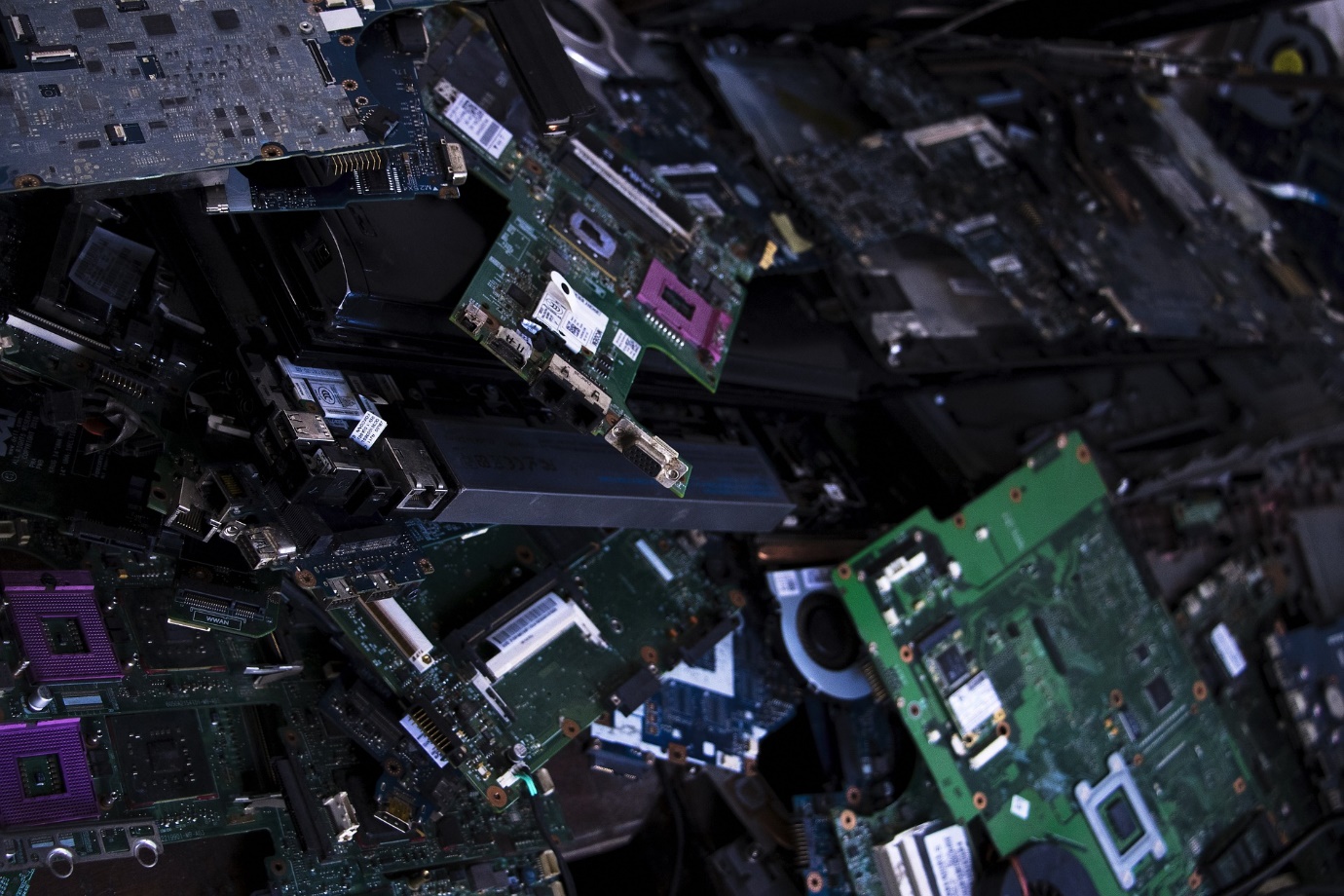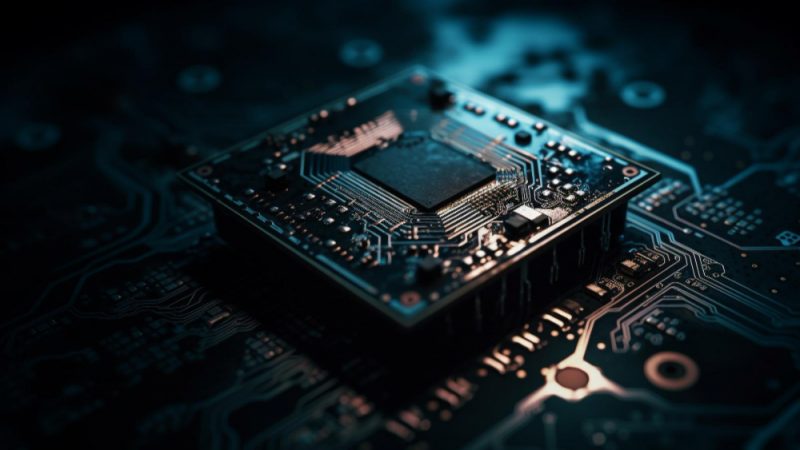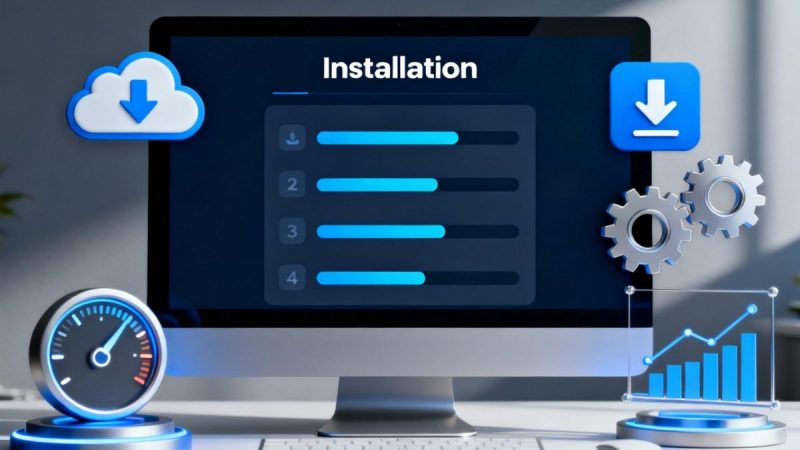Help! My Computer’s Full of Junk!

A few days ago I had a call from a first-time client who told me that he was getting an obscure error related to Microsoft Edge crashing. We arranged a time for me to go and take a look at his computer.
As soon as I saw the screen I observed the error in question and in fact neither Microsoft Edge nor Google Chrome could be opened. There were multiple pop-ups and warnings about all sorts of things. The client informed me that there were several antivirus programs installed on the computer. It was clear that it first needed a significant clean-up which would clear the way for the issue with Microsoft Edge to be resolved.
I began working my way through the list of installed programs. There were indeed several antivirus products as well as various applications designed to optimize the computer’s performance. I established that he had an active subscription to Trend Micro and so I began uninstalling all the other antivirus and junk products. As I did so I also carried out my routine computer health check. A malware scan using Malwarebytes uncovered more than a thousand items of malware which were quarantined successfully.
Having worked through the steps of my health check and tune-up, and restarted the computer, there were a number of things which still weren’t functioning as they should have been. Malwarebytes could no longer be launched or reinstalled and, after uninstalling Google Chrome, it wasn’t possible to reinstall it either as it gave an error when an install was attempted. Not only that but, although I had uninstalled the Avast antivirus product using Revo Uninstaller for a complete uninstall, it was clearly still there as it was present in the taskbar and there were several Avast services running.
I booted the computer into Safe Mode, then reinstalled Malwarebytes and launched another scan. More than 100 items were detected and quarantined. I then reinstalled the Avast product in order to be able to uninstall it fully, and when I did so it was completely removed. I was also able to reinstall Google Chrome. I booted the computer back into the normal mode to find that everything was now running cleanly and correctly. There were no pop-ups, no error messages and it was possible to launch both Microsoft Edge and Google Chrome.
The computer in question had been filled with more junk than I’ve seen in a long time and I was delighted to be able to bring it back without having to perform a clean reinstall of Windows 10. The client wasn’t even sure how all the programs had made their way onto the computer.
Junk Software
There are any number of programs available on the internet which purport to optimize or tune up your computer, or to update drivers and so on. Many of these are free to download and use. I would consider practically all these programs to be junk. They may or may not be doing what they say they do, but the problem is that very often you have no idea what they are actually doing to your computer’s Operating System. By running one of these applications you are placing blind trust in them and their ability to improve your computer’s performance. They may in fact be doing more harm than good, and may even be introducing malware into your system.
I once had a client whose computer was in an even bigger mess than the one I’ve described above. This particular client swore by a product called Reimage plus. He said he’d used it a number of times previously and it had always resolved his issues. It almost seemed as if this software was able to wave a magic wand and fix whatever was wrong. Unfortunately you have no way of knowing what such software is actually doing to your computer’s Operating System. In the case of this client, his computer had practically ground to a halt after years of accumulating different programs, updates and files. He wasn’t even willing to restart the computer because he said it would take such a long time to do so. In cases like this, the only realistic way forward is to reinstall Windows and start again.
Optimization Software
As mentioned above, there are lots of applications available whose purpose is to optimize your computer’s performance. I would recommend avoiding practically all of these. It’s much better to optimize your computer manually. Clean up your hard disk, uninstall unnecessary software, optimize your startup items and make sure your Operating System is kept up to date.
Driver Update Software
Many people install some sort of driver update program on their computer. One of the first things I do in any clean-up is to uninstall these programs. You don’t need any third-party software to update your drivers and these applications typically nag you constantly with pop-ups. Often they will also introduce malware to your system. The only updates you need are Windows updates which will be delivered to you automatically. If you do want to check for driver updates yourself you can do this directly in Device Manager.
Anti-Virus Software
I started this post by talking about the multiple antivirus applications my client had on his computer. But do you actually need antivirus software at all? I often tell clients that if you’re careful not to open suspicious-looking attachments in emails, stay away from disreputable websites, and don’t install programs willy nilly, then you’re not likely to have any problems with malware. Not only that, but the built-in protection in Windows 10, called Microsoft Defender Antivirus (formerly Windows Defender), is getting better all the time.
If you do want to install an antivirus product, there are some excellent free options, though I’m aware that some people feel more protected if they’ve actually purchased their antivirus solution. As far as free options go, I’ve already mentioned Avast and I’ve frequently used Avira in the past. Another popular one is AVG though I’ve found it to be a little too intrusive. You should only install one antivirus product on your computer, as having more than one can result in the different products interfering with each other’s operation.
Maybe your computer’s full of junk too. The good news is that most clean-ups aren’t quite as drastic as the one I’ve described here.
This article was written by Norm McLaughlin, founder of Norm’s Computer Services, a local computer repair and IT support business in Brisbane, Australia.






